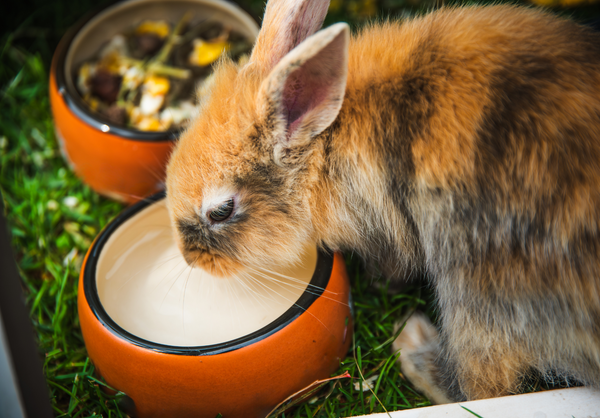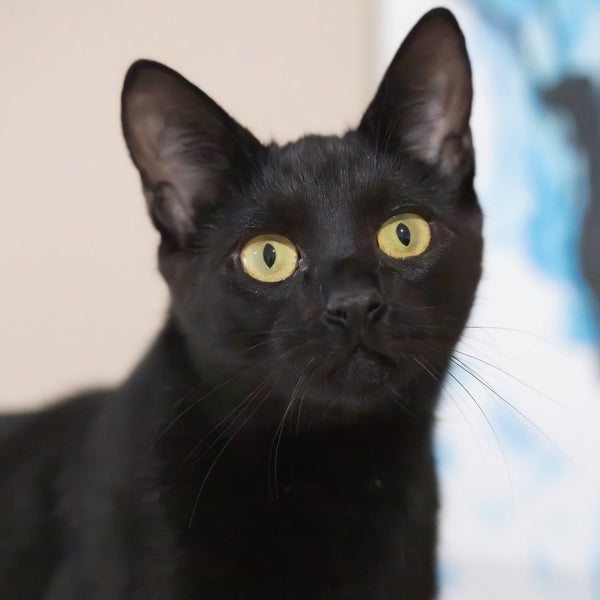 Alongside proper humidity, ideal temperature for a reptile terrarium is vital. Reptiles, amphibians and specialty animals come from all over the globe and are all subject to their own specific temperature requirements. Today, we will be looking at the do's, do-not's, myths and mistakes of proper terrarium temperature.
Alongside proper humidity, ideal temperature for a reptile terrarium is vital. Reptiles, amphibians and specialty animals come from all over the globe and are all subject to their own specific temperature requirements. Today, we will be looking at the do's, do-not's, myths and mistakes of proper terrarium temperature.
Basking Temperature VS Ambient Temperature
 This one is big one and is often confused. To start, let's look at the difference between the two. Basking temperature refers to surface temperature, i.e., the temperature of a specific sized radius or object in the tank. This is the area that heliothermic and sun-loving diurnal reptiles will spend a great portion of their day under, soaking up the rays. Ambient temperature is the air temperature of the terrarium. Chances are in your terrarium, you may have an analog thermometer on one of the walls. These are ONLY used to measure ambient or "air" temperature. The only way to accurately measure basking temperature is with either a temperature gun, or a digital thermometer/thermostat probe. Basking bulbs, ceramic heaters & heat pads are used to create basking spots within the tank. Getting these 2 types of tank temperatures confused can be fatal to your reptile.
This one is big one and is often confused. To start, let's look at the difference between the two. Basking temperature refers to surface temperature, i.e., the temperature of a specific sized radius or object in the tank. This is the area that heliothermic and sun-loving diurnal reptiles will spend a great portion of their day under, soaking up the rays. Ambient temperature is the air temperature of the terrarium. Chances are in your terrarium, you may have an analog thermometer on one of the walls. These are ONLY used to measure ambient or "air" temperature. The only way to accurately measure basking temperature is with either a temperature gun, or a digital thermometer/thermostat probe. Basking bulbs, ceramic heaters & heat pads are used to create basking spots within the tank. Getting these 2 types of tank temperatures confused can be fatal to your reptile.
Installing a Thermostat
A thermostat is your best line of defense against poor temperature control. A thermostat will control the temperature of your basking spot. Installing a thermostat in your terrarium is very easy, but often done wrong!
- Step 1: Placing your probe: Improper thermostat probe placement is often done incorrectly. The probe should be placed directly below your heat source (above heat source if using heating pad). Probes can be held in place on branches or surfaces with cable zip ties or electrical tape.
- Step 2: Plug in your heat source: After placing your probe in the proper area, plug your heat source into the thermostat. Pisces recommends: Exo Terra Ceramic Heat Emitter OR Exo Terra Heat Mat. If your heat source is also your light source and connected to your thermostat, it will flicker the light on and off. In this case, use a temperature gun or digital thermometer probe in lieu of a thermostat to accurately measure basking temperature.
- Step 3: Program your thermostat: After the probe and heat source are properly placed, it is time to program your thermostat. Remember, we have our probe directly in contact with our basking spot surface, so we are programming our desired basking temperature. For example, a bearded dragon needs an ambient temperature of 85°F and a basking spot of 110°F, we are programming our thermostat to maintain a temperature of 110°F.
Creating a Temperature Gradient
 Now, let's examine our ambient temperature. Regardless of how hot or cold your reptile likes the ambient temperature to be, they must always have what is known as a temperature gradient. This means that the air temperature will be warmer at one end of the tank from the other. If you have a terrestrial tank, your temperature change will occur between each side of the tank. If your tank is arboreal, your gradient will be from the top and bottom. Reptiles and amphibians are cold blooded, and they use this ambient temperature gradient to control their own internal temperature. Having a temperature gradient is extremely important, as it will keep your pet from getting chilled or over-heating. Simply place your heat sources to one side of the tank to create a heat gradient. Never place all heat sources in the middle or have two heat sources on each side of the tank. If your tank is arboreal, be sure to have the proper wattage for your heat source, so the tank is warmest at the top and cools closer to the bottom. Your analog thermometer for ambient temperatures should be placed on the cooler side of the gradient, but still close to the middle.
Now, let's examine our ambient temperature. Regardless of how hot or cold your reptile likes the ambient temperature to be, they must always have what is known as a temperature gradient. This means that the air temperature will be warmer at one end of the tank from the other. If you have a terrestrial tank, your temperature change will occur between each side of the tank. If your tank is arboreal, your gradient will be from the top and bottom. Reptiles and amphibians are cold blooded, and they use this ambient temperature gradient to control their own internal temperature. Having a temperature gradient is extremely important, as it will keep your pet from getting chilled or over-heating. Simply place your heat sources to one side of the tank to create a heat gradient. Never place all heat sources in the middle or have two heat sources on each side of the tank. If your tank is arboreal, be sure to have the proper wattage for your heat source, so the tank is warmest at the top and cools closer to the bottom. Your analog thermometer for ambient temperatures should be placed on the cooler side of the gradient, but still close to the middle.
Night Temperature
When the lights go off, we want to have a temperature drop. A good thermostat will be able to have a programmable cycle, so you can regulate the temperatures at night. An average nighttime temperature drop is anywhere from 5°F – 10°F. Measure the ambient temperature of the "cool" side of your terrarium. Use that temperature as a base for your ambient nighttime temperature. Desert dwelling lizards like a uromastyx will still require a source of heat throughout the night. This is why light-less heat sources side by side with a high quality thermostat is the solution to perfect tank temperatures! Pisces recommends: Zoo-Med Reptitemp Digital Thermostat.




